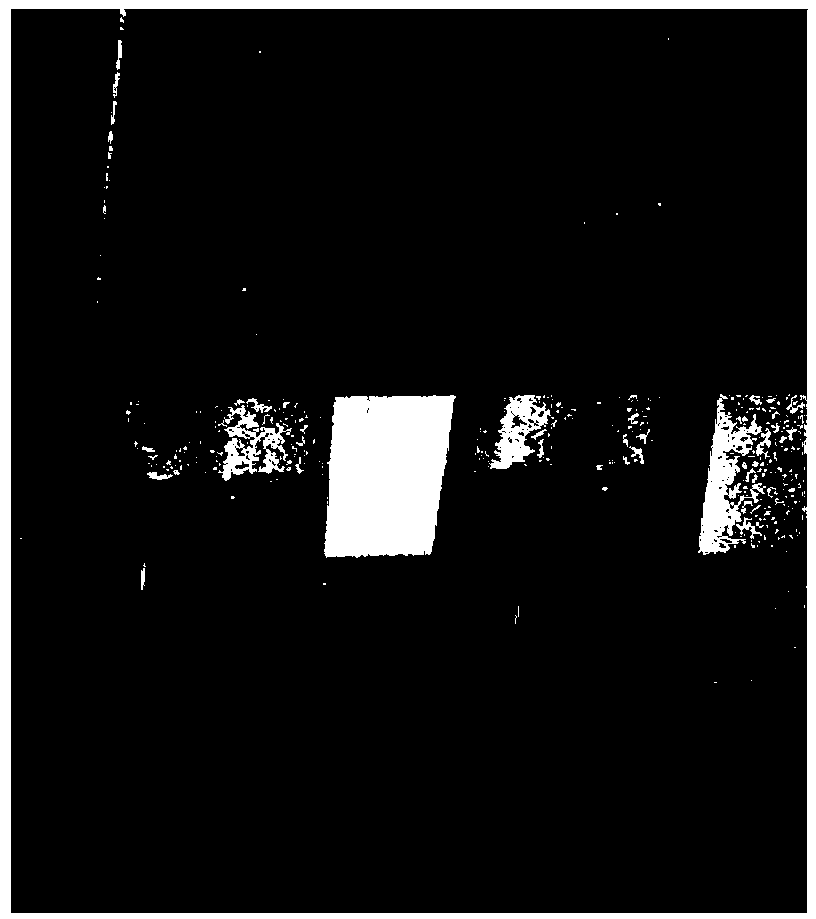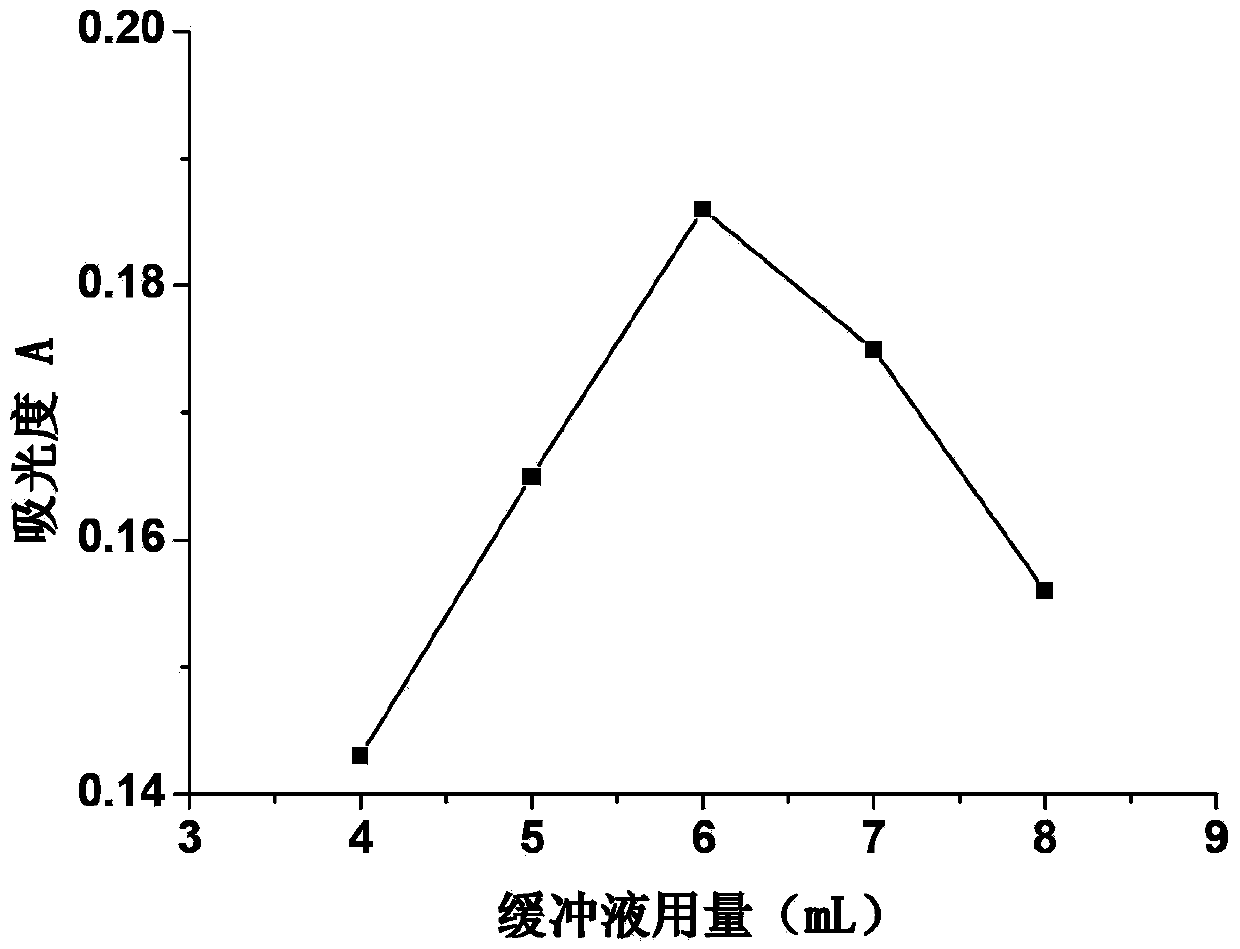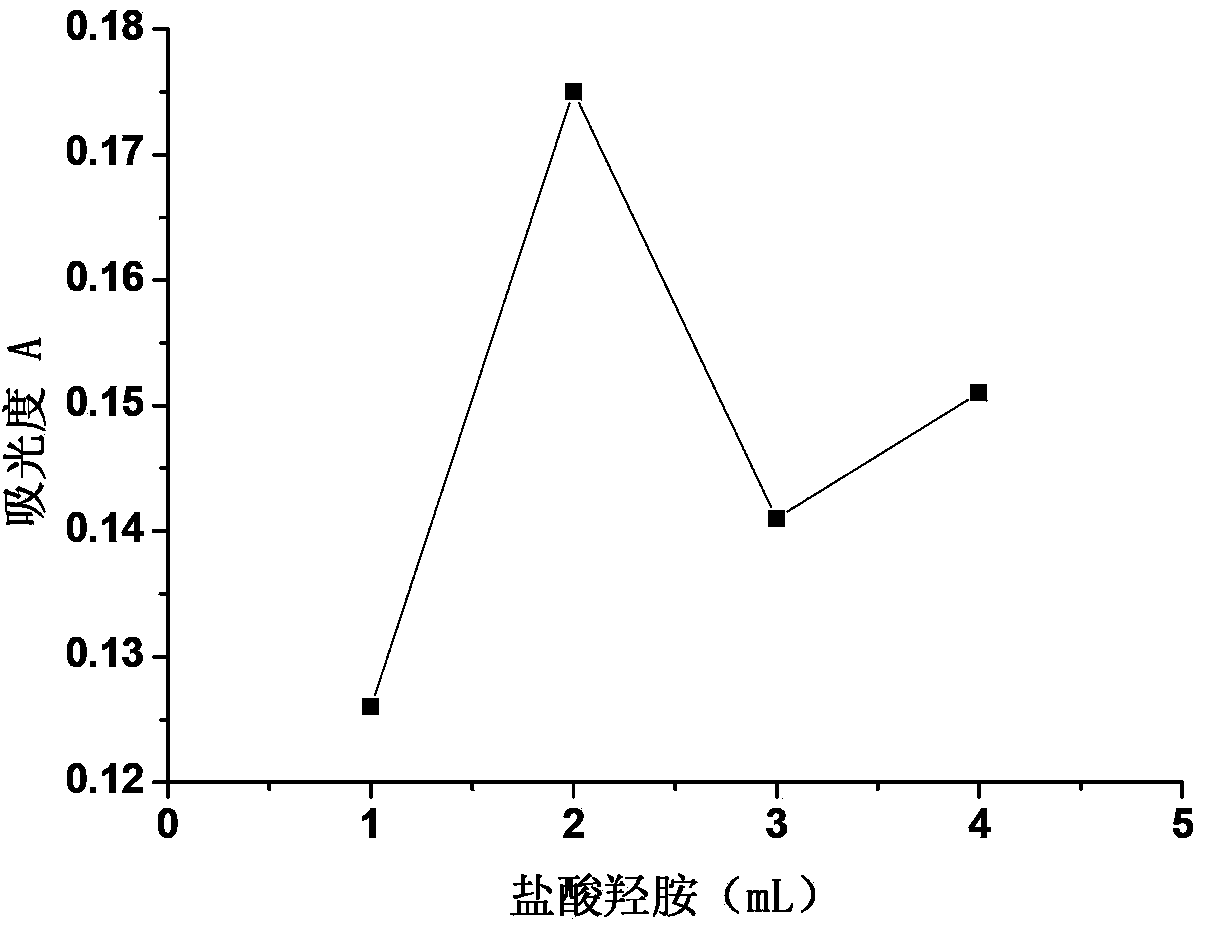Method for rapidly screening iron-rich rice
A screening method and rice technology, applied in the direction of chemical reaction of materials and material analysis by observing the effect on chemical indicators, can solve problems such as time-consuming, cumbersome sample pre-processing procedures, breeding work services, etc. , to achieve the effect of low cost and accurate cost
- Summary
- Abstract
- Description
- Claims
- Application Information
AI Technical Summary
Problems solved by technology
Method used
Image
Examples
Embodiment 1
[0039] Example 1. Rapid screening method for iron-rich rice, using the high-iron mutant of the Zhenong No. 7 rice variety (2009M6, stored in the Rice Breeding Office of the Department of Agronomy, Zhejiang University) as the rice to be tested, and the conventional Zhenong No. 7 variety as the standard product ; After the rice to be tested and the standard rice are shelled, the mature grains of the rice to be tested (referred to as the rice grains to be tested) and the mature grains of the standard rice (referred to as the standard rice grains) are obtained respectively; Paddy rice grain and standard product rice grain carry out the following operations respectively:
[0040] 1) Put 4 rice grains into a 10mL glass test tube, then add 1mL of NaOH solution with a mass concentration of 4%, gelatinize in a constant temperature incubator at 35°C for 6h, take it out and vibrate on an oscillator for 2min, the oscillation frequency 300~350r / min;
[0041] 2) Add 0.5mL of 2M hydrochlori...
Embodiment 2、93-11
[0059] Example 2. Screening of 93-11 mutants with high iron content
[0060] Using BPT staining method in 1428 copies of 93-11 rice M 2 31 high-iron mutant materials were initially screened out, accounting for 2.2% of the total materials. After further screening in the next three generations, the ratio of mutant materials to the total materials showed an upward trend, and the ratios were 29.3%, 46.7% and 75.4% respectively. ;Among the 1132 mutated Zhenong No. 7 materials, 21 high-iron mutant materials were initially screened, accounting for 1.9% of the total materials. After further screening for the next 4 generations, the ratio of mutants to the total materials gradually increased ; in F of 1556 hybrid materials 3 107 high-iron mutants were screened out, accounting for 6.9% of the total materials. Compared with the above two mutagenesis materials, the mutation rate was higher. Iron content is lower. As with the above two mutant materials, the breeding material F 2 ~F 7 ...
Embodiment 3
[0061] Example 3. The 2009-223 (black rice) variety (a mutant of the seed coat color of 93-11) was used as the rice to be tested, and the conventional 93-11 was used as the standard product, and the detection was carried out as in Example 1.
[0062] The result is as follows: the color of the reactant of the rice grain to be tested is obviously darker than the color of the reactant of the standard product rice grain.
[0063] Verification test:
[0064] The specific experimental process is as follows:
[0065] (1) Experimental instruments and reagents
[0066] Iron standard solution (Aladdin Reagent Company); 4% sodium hydroxide solution; 4,7-diphenyl 1,10-phenanthroline (BPT) staining solution: 0.1% ethanol solution; emulsifier OP (OP -10) Solution: 20% aqueous solution; acetic acid-sodium acetate buffer solution (pH 4.5): Weigh 50 g of anhydrous sodium acetate and dissolve it in an appropriate amount of water, add 47.5 mL of glacial acetic acid, and dilute to 1 L to obtain...
PUM
 Login to View More
Login to View More Abstract
Description
Claims
Application Information
 Login to View More
Login to View More - R&D
- Intellectual Property
- Life Sciences
- Materials
- Tech Scout
- Unparalleled Data Quality
- Higher Quality Content
- 60% Fewer Hallucinations
Browse by: Latest US Patents, China's latest patents, Technical Efficacy Thesaurus, Application Domain, Technology Topic, Popular Technical Reports.
© 2025 PatSnap. All rights reserved.Legal|Privacy policy|Modern Slavery Act Transparency Statement|Sitemap|About US| Contact US: help@patsnap.com



